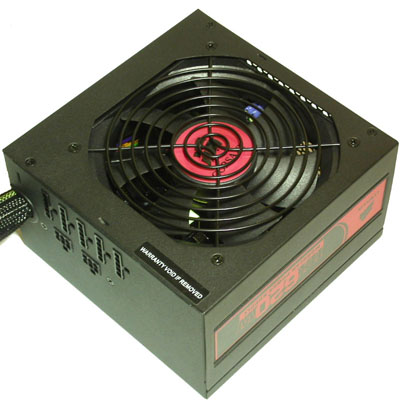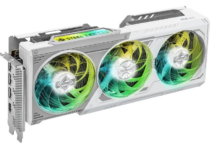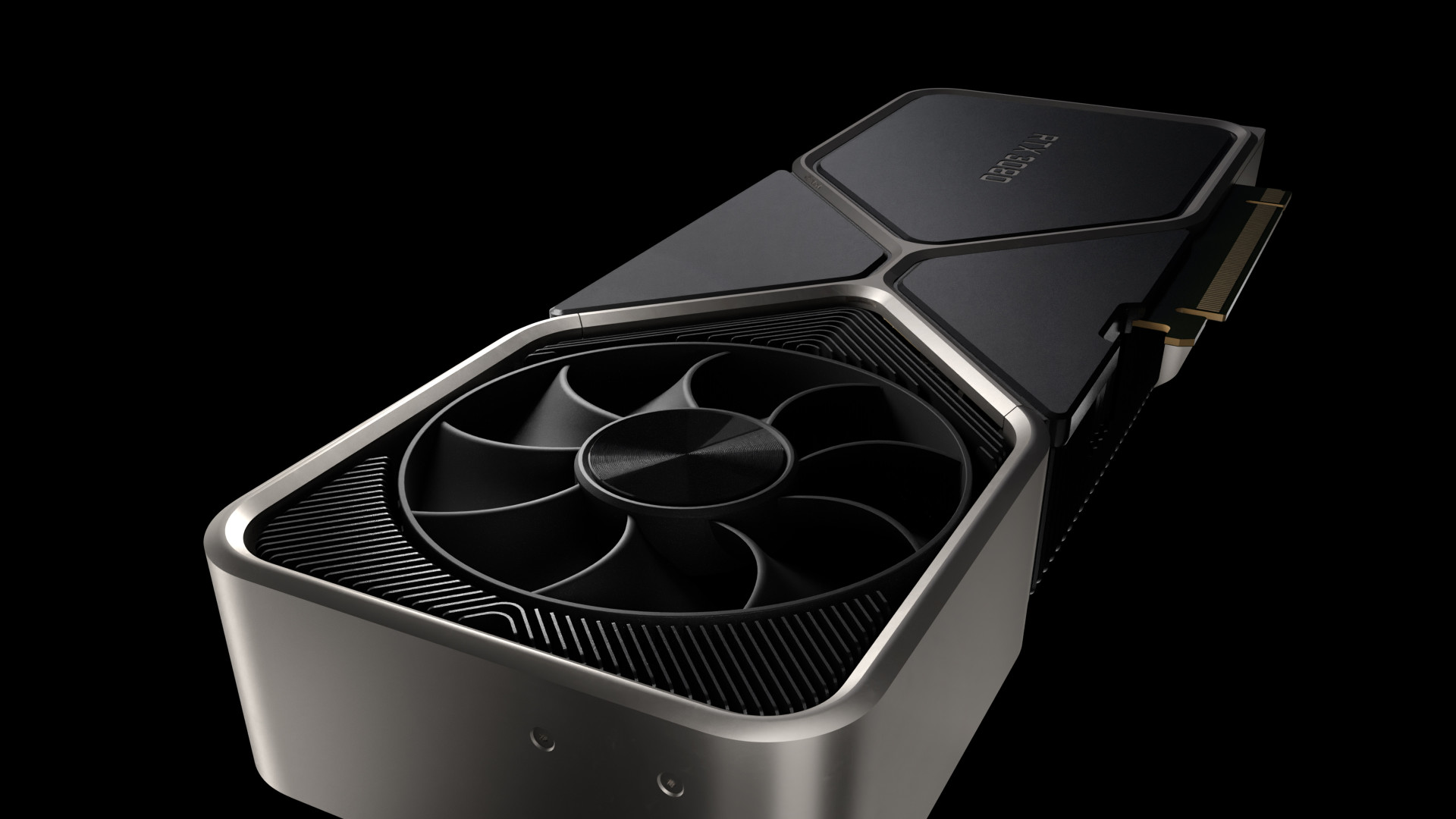Corsair HX620W is a power supply that is suppose to fit perfect with Corsair’s other enthusiast products. We test and see if Corsair’s power supply is able to perform as well as its other products.
The power supply market has literally
exploded over the past five to six years and today we have a vast array of both
manufacturers and models. Manufacturers that only produced computer casings,
cooling and memories have expanded their range of products with power supplies. Also
manufacturers have made it both easier and harder for consumers to choose a
power supply that fits their needs. Easier as the consumer can get a power
supply which fits almost all imaginable combinations and harder as one also
might get a power supply which doesn’t fit ones needs at all. To choose a power
supply today is a bit like buying fruit, if you don’t know how an apple tastes
or feels like, you might get a rotten one.
Today we here at NordicHardware will examine a power supply made from a company that is mostly famous for its well performing RAM. I’m of course talking about Corsair. With a 620W strong power supply Corsair enters the power supply scene. Being a well reputed name on the RAM market, which falls under the category of computer components, makes power supplies not too far away.”
So let’s see if Corsair can maintain its
high standards when it comes to power supplies.
 |
||
Corsair HX620W |
||
| Voltages/Current | ||
| +3.3V | 24A | |
| +5.5V | 30A | |
| +12V1 | 18A | |
| +12V2 | 18A | |
| +12V3 | 18A | |
| -5V | – | |
| -12V | 0.8A | |
| +5VSB | 3A | |
| Total max. load | 600W | |
| Max. load 3.3V & 5V | 170W | |
| Connections | ||
| Molex connectors | 10 st | |
| Floppy connectors | 2 st | |
| Serial-ATA | 8 st | |
| PCI-E | 2 st | |
| Other connections | EPS & 2x “Fan only” | |
| Other specifications | ||
| Fans | 1x 120mm | |
| Certifications | UL, CUL, VDE, SEMKO, DEMKO, NEMKO, FINKO, CE och CB | |
| Gold-plated connectors, power cable | ||
| Warranty | 5 years | |
| Price | $150 | |
The power supply follows
the ATX 2.2 standard, which we’ve spoken of earlier and
which you can read more about here. A word of warning, the ATX 2.2 standard enables the manufacturers to choose whether they want to include
-5V or not. And as a lot of manufacturers today do skip using a -5V rail some
owners of for example MSI
motherboards will have to look out before they buy a new power supply, as their
motherboard needs the -5V rail.
The specifications are more than pleasing so let’s move on and take a look at the power supply.
The Corsair HX620W comes in a pretty standard looking box.
The one thing about this box that isn’t ordinary is the five by five centimeters large sticker on the right corner of the box. Corsair also gives the buyer a five
year warranty, which is really good. This could be an indication that Corsair
has made a product that will stand the test of time. As five years is quite
some time in the computer business. When we open the box we find that the box
contains everything that is expected to be found in a power supply box. First
the power supply itself, then a power cable and a bag
of modular cables and connectors. The only thing that differs from an ordinary
power supply box is that the bag of modular cables is made of nylon. This is
pretty smart considering the fact that if one doesn’t use all the modular
cables one can just put the unused ones back in the bag, instead of just
leaving them around. A lot of manufacturers doesn’t think if this or just ignore
it, as they ship their cables in ordinary plastic bags.
The modular cabling is of a
really high quality. All of the connectors are goldplated and the S-ATA connectors
are molded. However the molex connectors are standard, which
doesn’t have to be a bad thing at all. All cables are flat and don’t need any
cable hosing to keep it together. The configuration capabilities are stunning;
featuring a total of ten molex connectors and eight
S-ATA connectors, compared to most other power supplies that only have half the
amount of connectors. The two PCI-E connectors are
standard, not much to say about them. We also find two “Fan Only” connectors and
question is if they’re really needed. As almost all motherboards of today has
got two extra fan connectors. Either way it is a nice gesture of Corsair to
ship them as well.
 |
 |
The power supply has a faded
black finish. A nice detail as almost every power supply manufacturer today
tries to break each other by having the shiniest surface finish around. Power
supplies sporting a nice blank finish do look good, but isn’t a black powder
coated one nice to rest ones eyes on also?
 |
 |
The weight of the power
supply doesn’t differ so much from other power supplies. Sometimes one can say
that the heavier the power supply the higher the quality, but that doesn’t
apply here. However I’m willing to bet some money that the power supply will
perform admirably when we start the testing session. Corsair also boasts that
the components in the power supply are “Industrial-Grade.” Actually all of the top manufacturers use “Industrial-Grade” components but some choose to boast about it, some don’t.
  |
  |
  |
Corsair uses, like almost
any other power supply manufacturer of today, a simple yet smart solution. Just
remove a piece of the ATX header and it transforms
into a 20 pin connector instead of a 24 pin one. This is for backward compatibility
with older motherboards. As for the rest of the cables and connectors, it’s
just to plug them in and it’s good to go.
Now let’s see if Corsair
has put its money on the right horse when it comes to this power supply.
Our synthetic test is divided in two parts, a low and a high power test. For each test, the PSU will run for about a half an hour. In the low power test, the main voltages (+3.3V, +5V, +12V1 and 12+V2) will have a load of 1 Ampere each. This is to test how the PSU works during “idle load.”
During the high power test, the three voltages will have maximum load. This is to test if the PSU can maintain the voltages and ripple within the approved values and to see if the PSU stands up to what it has promised. Voltages and ripple are continuously measured during both tests. The second test is performed in an ordinary computer.
The PSU performs as expected during the low power test. With a certain overvolting on all measurements we get a bit of a margin when were performing the high power test. The PSU fan is very quiet, and the noise coming from it will easily be drowned by e.g. the CPU or graphics card fan. What annoys us is that there is a faint ticking sound from the PSU. This could be because the output is at a minimum and the PSU is made to have a much higher output. We will see if we can get rid of the ticking during our second test.
After thirty minutes, the fan is spinning well, but is still kind of quiet. The PSU is no considerably hot except for one side that is a bit more than lukewarm, nothing to worry about. The voltages have decreased a lot but they are (of course) still within the ATX-standard. The ripple is so small that they are absolutely not worth mentioning. But what about the ticking noise, is it gone? The answer is, no! It’s not as loud as before, but it’s there and it will be very interesting to see if it will disappear in our computer test. Now we’ve exposed the PSU to two tests. We’ve run it at minimal and maximal load and it’s not meant to run so close to its threshold values. The most efficient output from this PSU is at about 55-60% of the maximum load, which is about 340-370 W and we haven’t come near those numbers.
So, what can we bring to the next test? Well, ticking and fan noise. Will the ticking disappear and will the fan be quiet in the environment it’s supposed to be working in? Let’s have a look at our computer test.
|
Testing system
|
|
| CPU: |
AMD Athlon 64 3000+ Socket 939
|
| Case: |
Standard ATX
|
| Motherboard: |
Asus A8N-SLI
|
| Memory: |
2048MB DDR-SDRAM
PC-3200 2.5-3-3-8 timings |
| Graphics card: |
MSI NX7800GT 256MB
|
|
Hard drive:
|
Maxtor Diamondmax 9 200GB, 2 x Maxtor Diamondmax 10 300GB
|
|
Software
|
|
| Operating system: |
Windows XP Professional SP2
|
|
Benchmarking programs:
|
SiSoft Sandra 2004
Futuremark 3Dmark2003 Speedfan |
Three hard drives with two of them in a RAID, an overclocked CPU and a graphics card for gaming should be enough to see if the power supply unit keeps the noise levels down and make the ticking sound disappear. We’ve also placed a dummy load of about 150 Watts on this configuration, to make the PSU sweat even more.
Speedfan is used to measure temperatures and fan speeds on the motherboard and the processor. Futuremark’s 3DMark 2003 is used to put the CPU and the graphics card on full load.
After booting up the computer, we’ll let it idle for thirty minutes to stabilize temperatures and voltages. This being done, we’ll let the PSU work on supporting the CPU and the graphics card while we are running the more demanding applications.
The unit performs as expected with the voltages on all lines just a little below the specified ones. According to my calculations, we should be within the effect span where the unit performs optimally, like I mentioned on the previous page. At least the voltages are very stable during the computer test and we should mention that all of these values are recorded during the whole testing period – from the point where we start the computer and let it run in idle mode, until running 3DMark 2003 and to the point of the computer being shut down.
What about the ticking sound, then? Well, it’s gone now. It was the effect level that controlled the ticking. This unit doesn’t like extremities, and I can accept that. You’re not supposed to run a PSU close to its minimum and maximum values, even if it is possible.
One thing that irritates me not is the lack of information. Which voltage lines go where? 12V1 probably goes to the ATX connector, but where can I find the other voltage lines? Almost every PSU I’ve read a manual for have nicely explained to which connectors all the lines were going, but Corsair has obviously not forwarded this information through the manual. It’s not a mortal sin in missing such things, but sometimes you want to be able to choose which lines to use. Think about using the EPS connector. There you have a 12V line which means that you have one left. The last one goes to the PCI-E connector, but which one of them? Just one of them or both?
Now that we’ve seen, listened to, felt and tested Corsair’s addition to the component market, how should we summarize these impressions?
Corsair is a well-known brand on the computer market, almost exclusively for its memory modules that has beaten its opponents so many times. They are also known for the high quality of the products they sell. By entering the power supply unit market, they have increased their product range to more than just supplying good RAM. In my opinion, all of it seems like a test to see if power supply units are worth spending time and money on, or if they’re just going to let all of their competitors have that cake. Corsair is worth praising, though. The company has taken the step of offering PSUs, even though it is a rather late entrance.
I think that the manual is almost inferior when it comes to the amount information. They are eager to show us that they use components of high quality in their units, and sure, I believe them. But I did that even before opening the package. Corsair would never release a bad product and that’s the end of it. They just don’t seem to be used to providing the extensive information that I crave in the manual for a power supply unit. This is probably the only negative thing I can come up with about this unit, in all. The manual problem is easily solved – just tell the user (me) what the voltage rails go to and I’ll be satisfied.
The good thing is that the unit is really good-looking and fits very well in the case we are using for the review. Esthetically, I mean. When talking about dimensions, it sticks to the rather pronounced ATX standard. Black is just about always a good color, and the matte black powder polish that Corsair has used is pleasant. Voltages and ripple keeps within margin and the fan isn’t noisy at all.
So is it worth its rather hefty $150? I can’t really decide. If you want a brand name unit and if money isn’t an issue, you can buy this unit without much doubt. But there are cheaper units that perform just as well, including nice values when it comes to both voltage and ripple. The black powder polish is gorgeous, in all of its simplicity, which could make this unit worth a extra tens. Everything depends on what you’re looking for, of course.
 |
|
|
Corsair HX620W
|
|
|
Pros Cons |
|
We would like to thank Corsair for supplying us with the unit used for our tests.


















